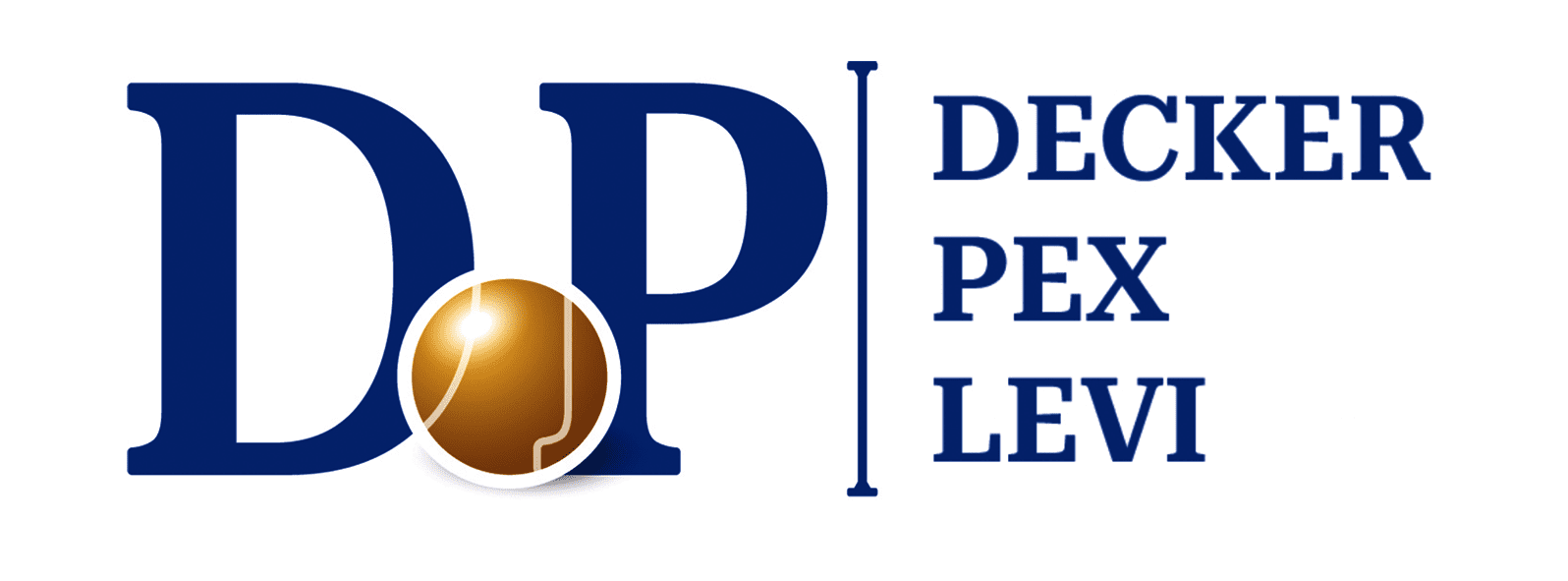Car accident – bodily and property damage – how do you claim compensation?
In any traffic accident caused by a collision between two vehicles, or as part of a self-inflicted accident, such as a vehicle colliding with a wall or a tree or a vehicle overturning, etc., there are two types of damage: bodily damage to the driver of the vehicle and/or the passenger, as well as property damage to the vehicle itself (which is also called tin damage to the body of the vehicle). If both types of bodily and property damage are caused, is it possible to claim and receive compensation for them? If so, how do you file a law sue and under which law? We will discuss this question in this article.
It can be assumed that every citizen in Israel got involved in any kind of car accident, whether as a passenger or as a driver, and it can also be assumed that they’ll require medical treatment following that accident. The knowledge also provides that as a result of the aforementioned traffic accident, property damage (“tin” or “nezek pakh”) is caused to the vehicle involved. In such cases, it is also possible to sue for the bodily damage caused to the person involved in the accident, as well as property damage to the vehicle involved. But naturally, it should be emphasized – each type of damage has its claim path, and as a principle, you cannot claim both types of damage in the same claim and according to a single law.
In this article, a lawyer specializing in tort law and traffic law will detail the appropriate path according to the damage caused as a result of a traffic accident.
Bodily damage:
The first course of action is for the bodily damages caused to the driver/passenger as a result of the accident if any, and which can be claimed according to the Road Accident Victim Compensation Law, 1975, which was enacted specifically for this purpose. This law is intended to facilitate receiving compensation due to road accidents, should basic conditions be met, without bothering to look for those who are responsible for the accident. In other words, the question of who is to blame and responsibility for the accident does not come into consideration in the claim for compensation for bodily harm under the compensation law, but the only key question is the question of the damage.
One of the basic conditions for the applicability of the Compensation Law is the question of insurance, that is, at the time of the accident, the vehicle was insured with valid compulsory insurance, under the Motor Vehicle Insurance (Third Party Risks) Ordinance [Consolidated Version], 1970 (as stated in section 1 of the Compensation Law – the definitions section) Another condition is that the driver had a valid driver’s license at the time of the accident. These are basic conditions that constitute ratification for the applicability of the Compensation Law (with several exceptions stipulated under section 7 of the law).
Not only can bodily injuries be claimed under the law but compensation due to a car accident cannot be claimed under any other law, based on a principle called “singularity of the grounds for applicability” established in Section 8 of the Compensation Law (as long as the law is applicable).
Section 8(a) of the Law on Compensation for Traffic Accident Victims, entitled “Singularity of the Cause”, states as follows:
“Whoever is entitled to a cause of action in a traffic accident according to this law, including a claim according to insurance as stated in Section 3(a)(2) and Section 3(d) of the Insurance Ordinance, will not have a cause of action under the Torts Ordinance due to bodily injury, unless having been injured in an accident caused by another person on purpose.”
This section is intended to give the compensation Law the priority of applicability over other laws, including the Tort Ordinance (New Version), so that if a car accident occurs, the Road Accident Victims Compensation law singles out the applicability according to this law and not the Tort Ordinance or any other law, and the reason for this is clear: case management regardless of the guilty party, is much easier to be managed with a discussion about the question of responsibility, as we have already stated above. In other words, it is not possible to choose another course of action if the Compensation Law applies, so the rationale is specifically related only to it.
On the other hand, one of the basic conditions for the applicability of the Compensation Law is missing, because then the compensation law is no longer applicable, and only then can the plaintiff be awarded compensation according to another law, the main of which is the Torts Ordinance (we wrote already about this in detail in an article published on our office’s website: What is the difference between the Compensation Law for traffic accident victims and the Torts Ordinance).
Property damage:
Another type of damage that may occur as a result of a car accident is property damage to the vehicle(s) involved (Tin damage). Here, the Compensation Law does not apply, since the invalidation of the claim is based on the question of who is to blame and who is the party responsible for the accident, therefore the claim is based on the Torts Ordinance.
In this case, if the owner of the damaged vehicle believes that the other party is responsible for the accident, he can sue him and also sue the insurance company that insures the other vehicle insured with third-party insurance, if such insurance is available. One of the basic documents that the claimant must prepare is an expert opinion from a vehicle appraiser, who inspects the damaged vehicle and assesses the damages caused to that vehicle. Generally, the expert opinion consists of three types of damage, or the so-called “direct damage”, including details of the works, spare parts, and loss of value.
If the claimant of the damaged car is insured with comprehensive car insurance, then there is an option whereby the claimant can activate the comprehensive insurance by presenting a demand/lawsuit against the comprehensive insurance company and receive compensation from them, then the comprehensive insurance company can sue the other vehicle for the amounts paid by them, or which is called a subrogation claim. It should be noted that activating the comprehensive insurance and receiving compensation from them is not related to the question of who is at fault, since the vehicle is insured with such insurance. On the other hand, the subrogation claim of the comprehensive insurance company is subjected to the question of responsibility. To fully or partially recover the funds they paid or part of them, they must prove that the other vehicle is responsible for the accident and the damages caused by that vehicle.
Should you have additional questions or in case you need legal help from a tort lawyer in Israel, you are welcome to contact us and schedule an appointment at our offices in Jerusalem and Tel Aviv.
מאמרים מומלצים

